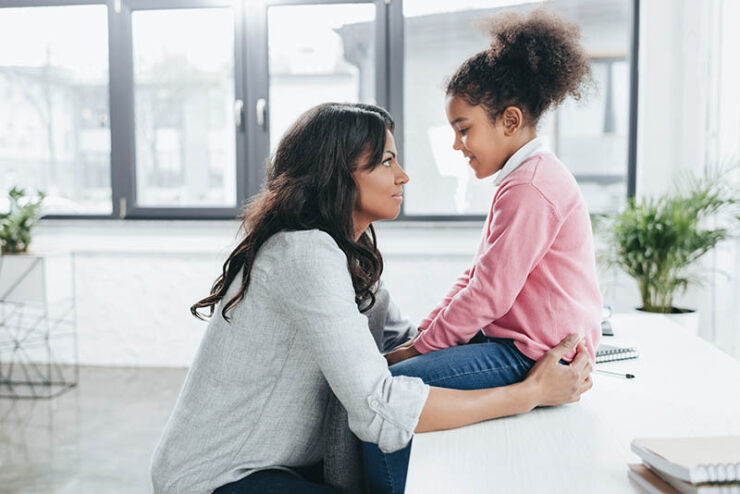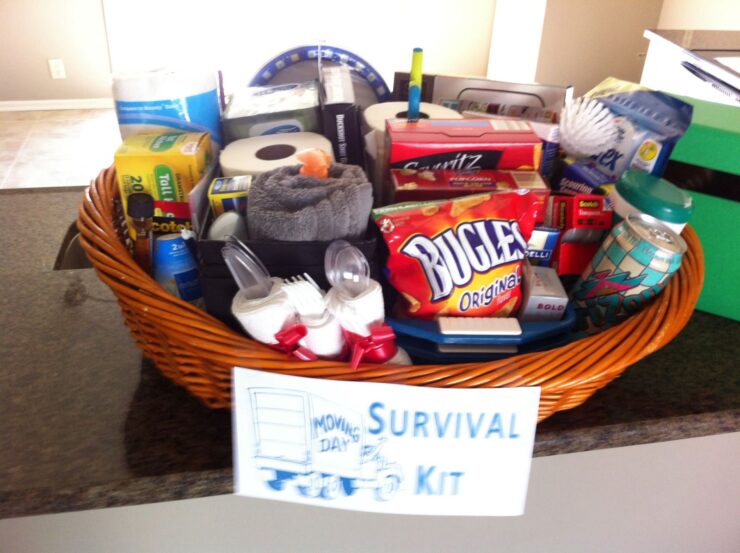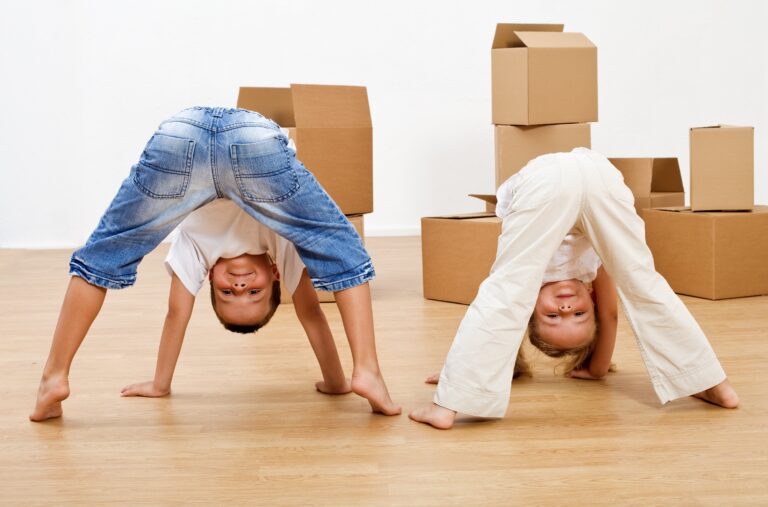Relocating to a new home is an exciting prospect that signifies a fresh start. Yet, for families with children, it can be both exhilarating and daunting. Children may feel anxious about leaving behind the familiar, friends, and their comfort zones. Their emotional well-being can be significantly impacted, making it paramount to ensure the transition is as smooth and positive as possible. In this post, we’ll navigate the challenges of moving with kids and offer practical strategies to turn this journey into an adventure you can all enjoy.
Involve Kids in the Planning

Involving children in the moving process from the beginning helps them understand and accept the changes coming their way. It enables them to feel valued and boosts their sense of control, reducing anxiety and resistance. Start by explaining why the move is necessary – it could be due to a job change, being closer to family, or seeking a better lifestyle. Use simple language that’s age-appropriate to ensure they comprehend the reasons.
Next, let them participate in house hunting, whether online or in person. Encourage them to voice their opinions about potential homes, taking their preferences into account where feasible. Involve them in the planning of their new rooms – ask about their desired color schemes or décor ideas. You could even create a “moving calendar” together, marking important dates and milestones in the process. These small yet meaningful ways of involvement can make a significant difference in their acceptance and enthusiasm towards the move.
Communicate Openly

Open, honest communication is key to helping kids cope with the move. Create a safe space where they can express their feelings and concerns without judgment. Address their questions honestly and provide reassurances about the uncertainties they may have. It’s crucial to validate their emotions – if they are excited, share their enthusiasm; if they’re scared or sad, empathize and reassure them that these feelings are normal and temporary.
Remember, it’s not just about the initial announcement of the move. Regular discussions about the progress of the move, changes they should anticipate, and positive aspects of the new home can help keep their anxiety levels down. Reinforce the idea that while the location is changing, the family’s love and togetherness remain constant.
Visit the New Place in Advance
Familiarity breeds comfort. If possible, take your kids to visit the new neighborhood or city before the move. Explore the parks, check out the local library or community center, and visit their new school if applicable. The goal is to help them visualize their new life and find aspects they can look forward to.
For situations where a physical visit isn’t possible, use technology to your advantage. Virtual tours of the neighborhood or school, Google Earth explorations, or even browsing local attractions and amenities online can be highly beneficial. The more they know about their new environment, the less intimidating it will be.
Pack and Unpack Strategically

Packing and unpacking are crucial phases where strategic planning can minimize disruptions for kids. Start by decluttering and sorting items with your children’s involvement. Make three piles: one for items to keep, one to donate or sell, and another for things to throw away. This process can teach them valuable lessons about letting go and making a fresh start.
When packing, prioritize their belongings. Pack a few of their favorite toys, books, and comfort objects in a separate box that can be quickly accessed during the move. Seek professional help in the form of easypeasyremovals.com.au, and hire a man with a van in Melbourne. Once you arrive at the new home, setting up their rooms first will help create a sense of familiarity amidst the chaos. Unpack their stuff together, letting them decide where to place their possessions. This will empower them and make the new space feel truly theirs.
Maintain Routines
Consistency and routine provide children a sense of security and predictability amidst changes. Try to keep routines – such as meal times, bedtime rituals, and regular activities like reading together or playing a board game – consistent during the moving process. Once in your new home, maintaining these familiar routines can offer comfort and continuity.
Also, quickly establishing new routines, like the walk to school or a new Saturday morning ritual, can make the unfamiliar feel more like home. Remember that structure and predictability will help them adjust faster to their new environment.
Create a Moving Day Survival Kit

As moving day approaches, prepare a survival kit with essential items for your kids. This kit could include favorite snacks, games or toys, comfort items like a blanket or stuffed animal, and a change of clothes. Also include any necessary items like medicine, toiletries, and baby supplies for younger children. Having these items close at hand will ensure their comfort during the journey and reduce any distress upon reaching the new home before everything is unpacked.
Enlist Help on Moving Day
Moving day can be overwhelming, and kids may need extra attention and reassurance during this time. Enlist help, whether from family and friends or professional movers. Having someone they trust to focus on their needs can provide them a sense of security. Professional movers can efficiently handle logistics, leaving you more time to comfort and attend to your children’s emotional needs.
Explore the New Community Together

Once settled, start exploring your new community as a family. Visit local parks, recreational facilities, libraries, or fun local attractions. This shared experience can create new memories and foster a sense of belonging. Also, familiarizing your children with landmarks can help them navigate their new surroundings with confidence.
Meet the Neighbors
Forming connections in your new community is essential for your children to feel at home. Introduce yourselves to neighbors and seek out families with children of similar ages. Attend community events, join local clubs or activities, or organize playdates. Friendships formed can greatly help your kids adjust and feel more comfortable in their new environment.
Celebrate Small Victories

Every milestone in the moving process is a victory worth celebrating. Maybe it’s the first night in the new house, the first day at the new school, or even just unpacking the last box. Recognizing these moments can make your children feel accomplished and appreciated. Celebrating these small victories can boost their confidence and reinforce the positive aspects of the move.
Be Patient and Understanding
Finally, patience and understanding are your most significant allies in this process. Each child adapts at their own pace, and it’s normal for them to experience a mix of emotions. Understand their feelings, empathize, and provide reassurances. Give them time to grieve for what they’ve left behind, and gradually they’ll embrace what lies ahead.

